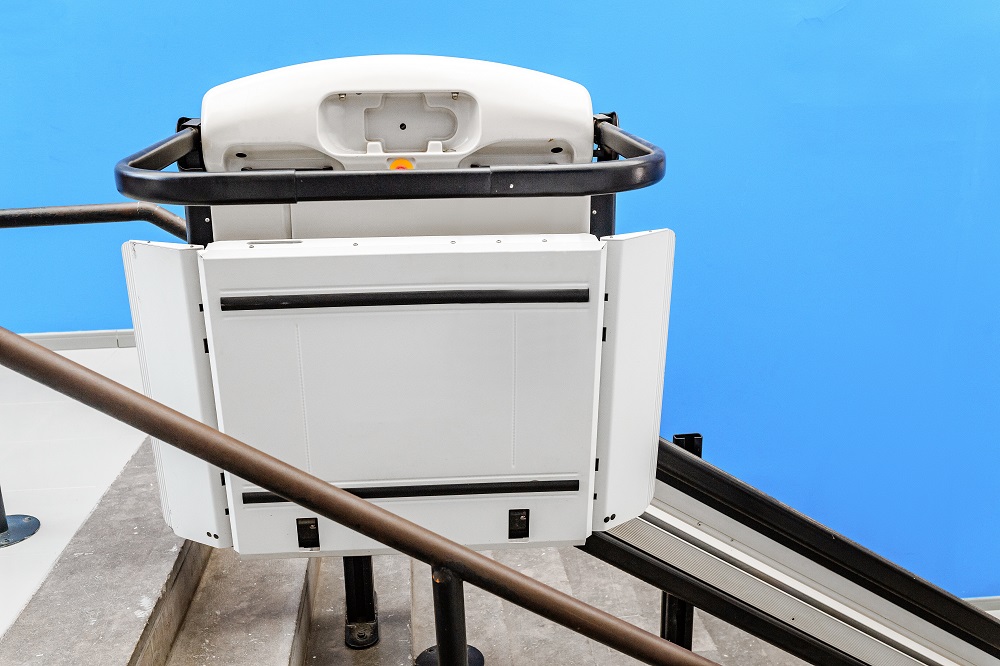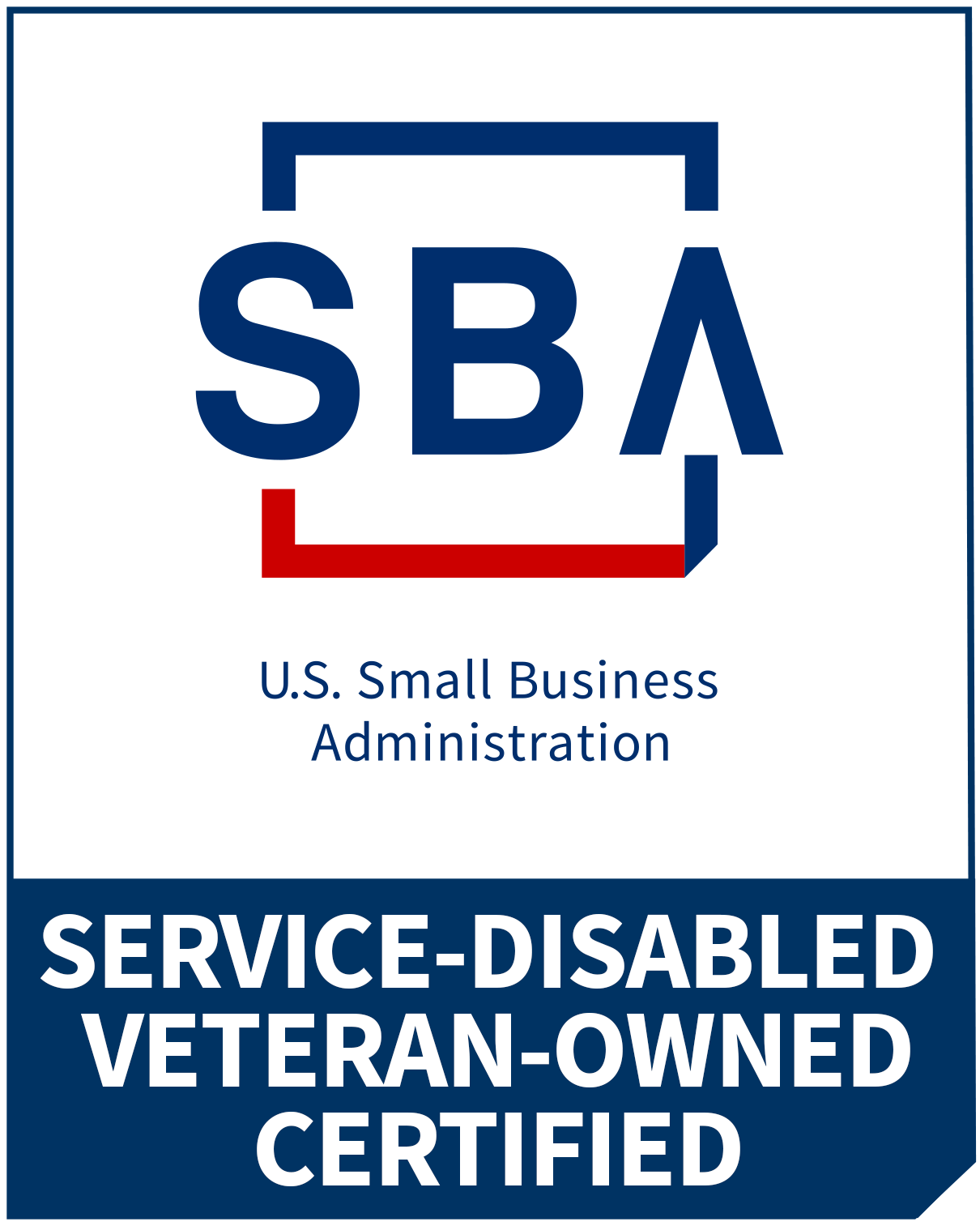How to Choose between a Vertical Platform Lift and Ramp

Fortunately for those who live with limited mobility, there are plenty of tools on the market that can help mobility-challenged people to move freely and enjoy a full, independent life. Many rely on wheelchairs, scooters, or walkers to navigate their homes and the public arena, which can present some unique challenges at times. While mobility tools such as scooters and wheelchairs can increase range and allow mobility-impaired people to move with ease, other pieces of infrastructure must be in place to help overcome obstacles such as traversing multiple floors or loading and unloading mobility equipment onto vehicles. That's where devices such as ramps and vertical platform lifts can be of great benefit to anyone who relies on a chair, scooter, or walker.
The good news is that when it comes to lifts and ramps, there are lots of options from which to choose. However, that diversity of options can be tough to navigate, especially when deciding which option is best for your mobility device, lifestyle, and home. It’s an important decision, but finding the right way to make your home more mobility-friendly is key to enjoying an independent life. Keep reading to learn how to choose between a vertical platform lift and a ramp.
Mobility Level
Your level of mobility may be a factor in deciding whether a ramp or lift is right for you. If you rely on a walker for mobility, for example, maneuvering up the long ramp required to go from ground level to a second story could represent quite a challenge. Also, those who rely on traditional non-powered wheelchairs may find it difficult to ascend the steep grade of a ramp. However, for someone who uses a powered scooter, ramp length and grade may not make a difference.
Cost
There can be a stark difference in cost between vertical lifts and ramps for the home. Even a low-level lift that doesn't exceed a lift height of six feet can cost upwards of $7,500, and the price can rise if the lift height is higher. A ramp that ascends that same height, on the other hand, may cost as little as $2,000. The reasons for the disparity in pricing is obvious. Lifts require mechanical components and multiple moving parts, while a ramp is simply a ramp.
Available Space
Space is another critical consideration when deciding between a vertical lift or a ramp. While both ascending mechanisms require some dedicated space in which to operate, a ramp takes up considerably more space than a typical vertical lift. To be easily navigable, a ramp must have a grade no steeper than 1:12, and that slope requires a length of one foot for every inch of rise. That means that in order for a ramp to allow a user to rise three feet in height, the ramp must be 36 feet long to maintain the proper slope angle. Even if the ramp wraps around to use space efficiently, that still represents quite a large footprint. A vertical platform lift is extremely space-efficient, however, as the footprint isn't much bigger than the size of the lift platform. If space is a concern, as it is in many urban dwellings, then a vertical lift offers the best use of space.

Height
The height of the rise that you need will also help determine whether a vertical lift or ramp is best. If you need a device that will allow you to move from one floor to the next, that amount of rise may be ramp prohibitive because of the amount of space required to accommodate that level of rise. While a vertical platform lift makes more sense for higher lifts, there will also be a significant cost attached to that device.
Fortunately, for those with limited mobility, vertical platform lifts and wheelchair ramps for a house can help you move with relative ease along with your personal mobility device. To learn more about choosing between lifts and ramps for home mobility, including ramp rentals in New Orleans, LA, and Baton Rouge, LA, contact Stairlifts of Louisiana at (504) 715-6658.









